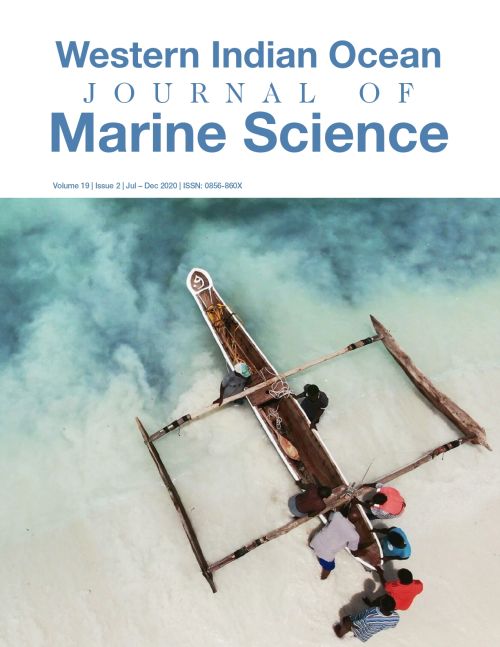Main Article Content
Fine-scale habitat use by humpback whales (Megaptera novaeangliae) in Zavora Bay, Mozambique
Abstract
Little is known about the humpback whales (Megaptera novaeangliae) of the East-African Coast genetic sub-unit (C1). With an estimated population size of 7000 whales, they demonstrate the resilience of the species after commercial whaling caused population numbers to decline drastically. Zavora Bay, Mozambique offers an ideal observation point of the passage of the whales during their annual migration towards the breeding ground of southern Africa and serves as an operating base to monitor this population. This study aimed at identifying the importance of Zavora Bay as part of this breeding ground and the core regions for humpback whale use within the study area. Results showed the waters off the coast of Zavora are actively used for breeding and do not merely serve as passage towards the wintering habitats. A mother-calf pair separation with a preference for shallower waters closer to shore was observed. Besides depth and distance to shore, slope also proved to have a significant influence on the distribution of adult humpback whales. Increased survey effort and more detailed investigation of the threats to humpback whales within the waters of Zavora are recommended.






